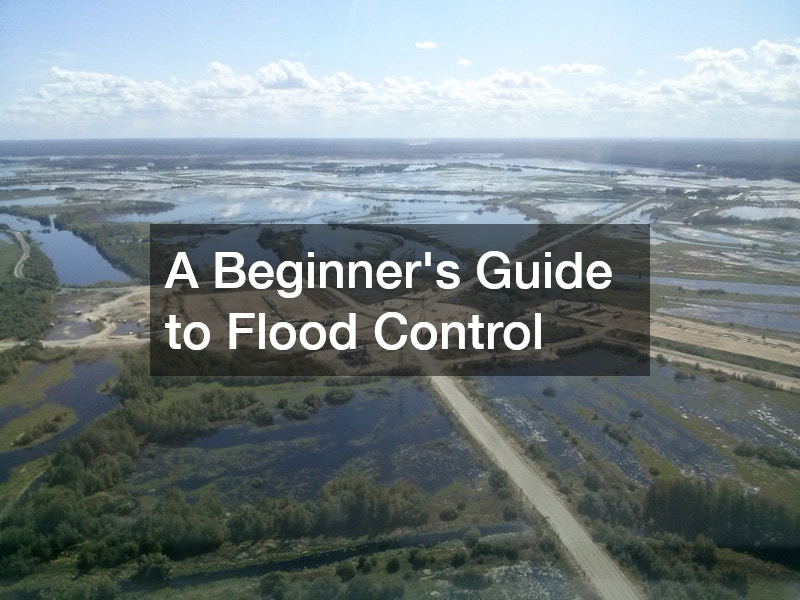Flood control is essential for minimizing the devastating impact of floods on communities. It involves a combination of techniques and structures designed to manage water levels and prevent flooding in vulnerable areas.
One of the simplest methods of flood control is the construction of levees or embankments. These raised structures act as barriers to keep rising water from overflowing into residential or agricultural areas.
Another common solution is the use of retention ponds, which temporarily store excess water during heavy rainfall and slowly release it into rivers or streams.
Flood control systems can also include more advanced technologies, such as floodgates and pumping stations. These mechanisms help regulate water flow in areas prone to frequent flooding, especially in urban environments. Additionally, improved drainage systems ensure that stormwater is quickly and efficiently directed away from populated areas.
Beyond physical structures, proper land use planning is crucial for flood prevention. Limiting development in flood-prone regions and restoring natural floodplains allow water to spread out harmlessly, reducing the risk of severe damage.
Understanding the basics of flood control is important for both individuals and communities as they work to protect lives, homes, and infrastructure from the dangers of flooding.
.


